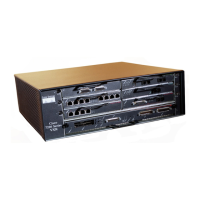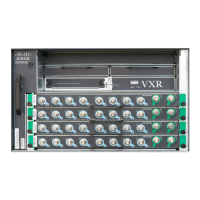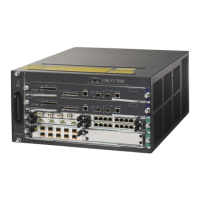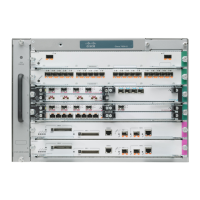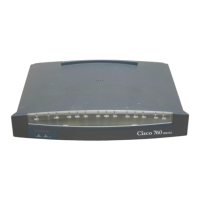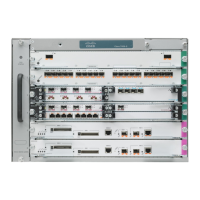Send document comments to nexus7k-docfeedback@cisco.com
3-4
Cisco Nexus 7000 Series NX-OS Interfaces Configuration Guide, Release 5.x
OL-23435-03
Chapter 3 Configuring Layer 2 Interfaces
Information About Access and Trunk Interfaces
To optimize the performance on access ports, you can configure the port as a host port. Once the port is
configured as a host port, it is automatically set as an access port, and channel grouping is disabled. Use
the host designation to decrease the time that it takes the designated port to begin to forward packets.
Only an end station can be set as a host port; you will receive an error message if you attempt to configure
other ports as hosts.
If an access port receives a packet with an 802.1Q tag in the header other than the access VLAN value,
that port drops the packet without learning its MAC source address.
A Layer 2 interface can function as either an access port or a trunk port; it cannot function as both port
types simultaneously.
When you change a Layer 2 interface back to a Layer 3 interface, that interface loses all the Layer 2
configuration and resumes the default VLAN configurations.
IEEE 802.1Q Encapsulation
Note For information about VLANs, see the Cisco Nexus 7000 Series NX-OS Layer 2 Switching Configuration
Guide, Release 5.x.
A trunk is a point-to-point link between the switch and another networking device. Trunks carry the
traffic of multiple VLANs over a single link and allow you to extend VLANs across an entire network.
To correctly deliver the traffic on a trunk port with several VLANs, the device uses the IEEE 802.1Q
encapsulation, or tagging, method that uses a tag that is inserted into the frame header (see Figure 3-2).
This tag carries information about the specific VLAN to which the frame and packet belong. This
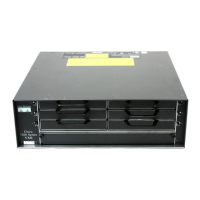
